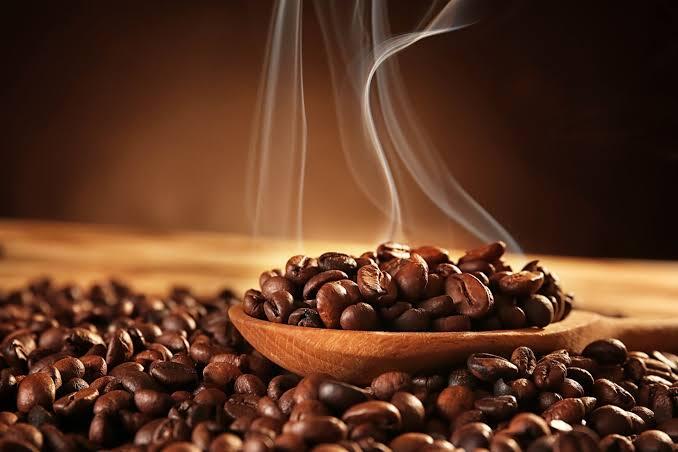Coffee prices declined on Wednesday as expectations of a strong 2025 harvest in Brazil and a weakening Brazilian real weighed on the market, despite tightening global supplies and weather-related challenges in key producing countries.
📉 Prices Drop Amid Brazil Supply Surge
On the ICE Futures exchange, July arabica coffee (KCN25) fell by 1.47% (-5.75) and July robusta coffee (RMN25) dropped 0.32% (-17). This marks a moderate pullback following recent gains driven by concerns over dry weather.
The bearish pressure was largely driven by a revised Brazilian coffee crop forecast. Brazil’s national crop agency Conab increased its 2025 production estimate to 55.7 million bags, up from 51.81 million bags projected in January. The upward revision signals stronger-than-expected arabica and robusta yields this season.
💱 Brazilian Real Decline Encourages Export Sales
Adding to the downward momentum, the Brazilian real fell to a two-week low against the U.S. dollar. A weaker real incentivizes Brazilian exporters to ramp up overseas coffee sales, increasing global supply and applying further pressure on prices.
🌦️ Weather Still a Concern in Brazil
Despite the bumper crop forecast, weather patterns remain a mixed signal for markets. Meteorological agency Somar reported that Minas Gerais, Brazil’s largest arabica-producing region, received just 1.5 mm of rainfall in the week ended April 26 — only 21% of the historical average. This follows earlier concerns in April when Rabobank projected a 13.6% drop in Brazil’s 2025/26 arabica output due to extended drought conditions reducing flowering.
On April 22, Rabobank estimated Brazil’s 2025/26 arabica crop at 38.1 million bags, down from previous expectations.
🇻🇳 Vietnam’s Robusta Supply Tightens
While arabica faces surplus fears, robusta prices remain supported by constrained global supplies. Vietnam’s General Statistics Office reported that coffee exports between January and April 2025 fell by 9.8% year-on-year to 663,000 metric tons.
Vietnam’s 2023/24 robusta crop suffered from severe drought, with output falling by 20% to 1.472 million metric tons, the smallest in four years. The Vietnam Coffee and Cocoa Association further cut its 2024/25 output forecast to 26.5 million bags, down from 28 million bags in December.
However, Rabobank expects Brazil’s 2025/26 robusta crop to rise 7.3% y/y to 24.7 million bags, potentially offsetting Vietnam’s shortfall.
📦 Inventories Paint a Mixed Picture
Coffee inventory trends remain mixed. ICE-monitored robusta stocks fell to a 4-month low of 4,225 lots, indicating tight supply. In contrast, arabica inventories rose to a 2¾-month high of 844,473 bags, suggesting near-term surplus in the higher-grade variety.
🏪 Demand Pressures Mount from Tariff Risks
Global demand uncertainty is also dragging on sentiment. Major buyers like Starbucks, Hershey, and Mondelez International have warned that proposed 10% U.S. tariffs on imports could raise costs and hurt sales volumes, adding a bearish tone to the demand outlook.
🌍 Global Coffee Market Outlook Remains Volatile
The USDA expects global coffee production in 2024/25 to rise 4.0% y/y to 174.855 million bags, with arabica up 1.5% and robusta up 7.5%. However, ending stocks are forecast to fall 6.6% to a 25-year low of 20.867 million bags, indicating tight long-term fundamentals. Meanwhile, Volcafe projects a deepening arabica deficit in 2025/26, forecasting a global shortfall of 8.5 million bags, compared to 5.5 million bags in 2024/25 — the fifth consecutive annual deficit.
Coffee prices are being tugged in opposite directions — short-term bearish pressure from a bumper Brazilian harvest and a weaker real contrasts with long-term supply deficits and tightening robusta availability from Vietnam. With weather risks still looming and global inventories mixed, volatility in the coffee market is expected to persist through 2025.
Follow & Subscribe:
👉 Agri-Food Update on LinkedIn for the latest updates and insights.
🌐 Visit us at www.agri-food-update.com for more information!



